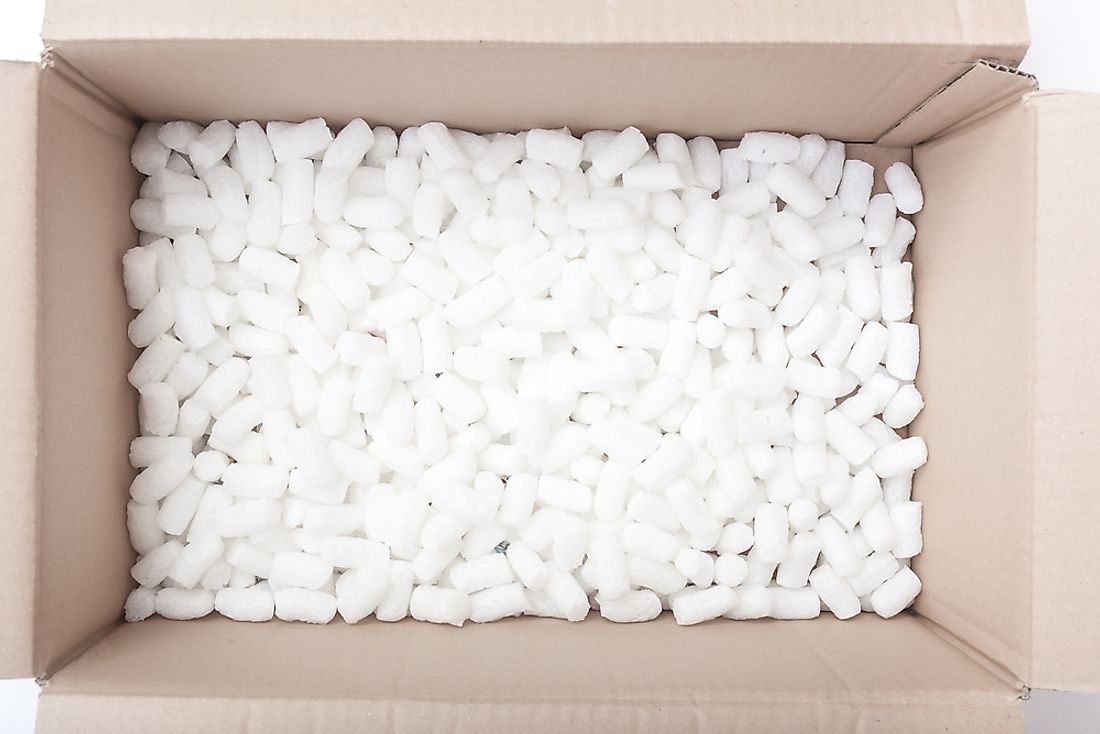Is it True That Styrofoam Never Decomposes?

The History of Styrofoam
Styrofoam, a lightweight plastic that resists moisture, was invented by the Dow Chemical Company in 1941. One of the first uses of styrofoam was in a lifeboat used by the United States Coast Guard in 1942. Styrofoam can be included in building and pipe insulation and can be used to package materials. It can even be used to stabilize roads if they are vulnerable to freezing and thawing. Arguably the most well known image of styrofoam is the white disposable cup, seen in many workplaces, schools, and public water coolers. At the bottom of these cups, you will usually see the number 6, which is the symbol for polystyrene based items (un-recyclable in most countries). Currently, 2.5 million of these cups are used per year in the US.
Is Styrofoam Recyclable?
In order to test how long it would actually take for this material to decompose, scientists use a test called a respirometry test. These tests reflect highly concentrated UV rays (the same rays as our sun produces) at different items, achieving the result that the sun and atmosphere would after days, months, or even hundreds of years. Through these tests, scientists have come to the conclusion that 'un-recyclable' material such as styrofoam will eventually break down after hundreds, if not thousands of years from UV rays. Some experts claim that these tests do not reflect the natural environment and estimate that styrofoam can take over 500 years to break down.
If recycling options exist, they are extremely limited, as styrofoam can only be re-purposed back into itself or a very similar material. Many environmental experts agree that humanity should stop using styrofoam and other plastics entirely. Due to the fact there are either no facilities or it is not an accepted recyclable, most styrofoam ends up in landfills. Consequently, styrofoam and similar products use 30% of landfill space in the United States. These landfills prolong the decomposition period due to the lack of oxygen, light, and water flow. Even when the styrofoam breaks down into smaller pieces, these pieces are so light they can be carried by wind to waterways, which pollutes potential food sources for animals as well as humans.
Environmental Effects
Due to the negative effects styrofoam has on the environment, there have been innovative ways in which society has tried to recycle this material. A company in Tennessee disposes of styrofoam by putting it in a machine called a densifier. This machine changes the material's chemical composition and breaks it down. The company invites all local businesses to bring down a piece of styrofoam or un-recyclable plastic and shows them how they can divert it away from a harmful landfill. One interesting study from Stanford University concluded that meal-worms could survive on a diet of styrofoam plastic. This study could have potentially created one of the most innovative ways to get rid of a material as we cannot recycle styrofoam on a large scale yet.
Even though scientists have performed tests in order to see how long it would take for styrofoam to decompose, one thing is clear - decomposition, if feasible, takes a very, very long time.











